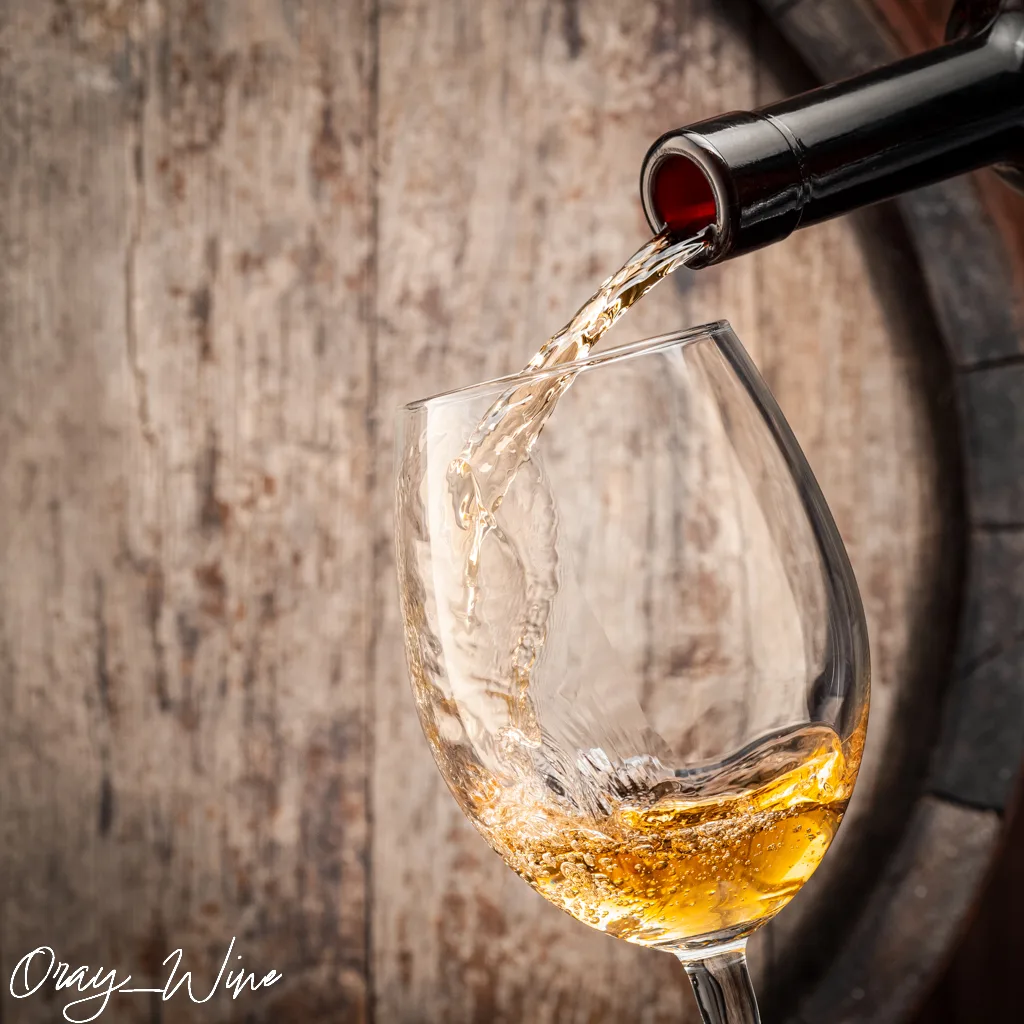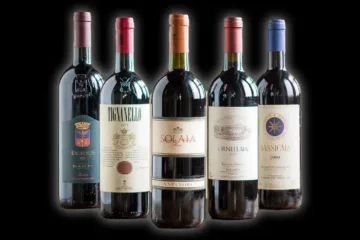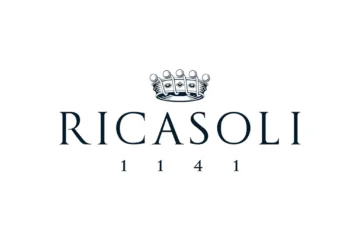
Despite much scientific research, the white wine aging process remains quite unclear. However, we are certain of the importance of certain grape glycosides in this process. They help in the wine’s development of varietal aromas throughout the white wine aging process.
Given the much lower level of phenolics in white wine (compared to red wines), the central component helping a white wine potential to age is its acidity level (click here to learn more about wine acidity).
Understanding the evolution of color of white wines through aging
As mentioned above, white wines have a lower level of phenolics than red wines. However, these phenolics, even if present in small amounts, play an important role in the color and astringency of a white wine.
Through aging, the characteristic lemon (or yellow / slightly green, depending on the grape variety used) color becomes darker and browner. This is how many professional tasters tend to evaluate the age of a white wine during blind tasting competitions.
It is also to be noted that during aging, the astringency of white wines tends also to diminish.
White wine aging and phenolics level
White wines that have been aged tend to show some sediment in the bottle (especially when they have not been filtered or fined). However, this level of sediment is generally way lower than those that can be found in red wines (click here to learn more about red wine aging). This is logically due to the higher level of phenolics in red wines.
However, the aging potential of white wines is not directly correlated to their level of phenolics. For instance, many of the finest German Rieslings show a very low level of phenolics but can be aged way longer than many Chardonnays with a higher level of phenolics.

White wine aging and Botrytis
It has been generally verified empirically that white wines made from botrytized grapes show a greater ability to age compared to their non-botrytized counterparts.
White wine aging and barrel fermentation
Experience shows that white wines that underwent barrel fermentation show an enhanced texture and have longer bottle aging potential than those fermented in stainless steel vats and other inert containers.
Is oak aging an indicator of white wine bottle aging potential?
White wine is increasingly aged in oak barrels to enhance its stability, aromatic complexity, and organoleptic properties. This also helps the overall quality of the finished wine (provided that excessive oak aging did not damage a wine’s harmony). It also supposedly helps the wine have a better aging potential. This is mainly due to the fact that oak-derived phenolics (mainly whiskeylactones and vanillin) are released inside the wine through this process. The smaller the barrel size, the higher the wine-wood interaction per unit of wine. Similarly, the longer the oak aging, the higher the oak-derived phenolics’ extraction.
Therefore, we can consider that both the size of the barrel and the length of oak aging positively correlate with the white wine bottle’s aging potential. However, too much oak extraction can quickly become detrimental to the final balance of a wine and damage its fruity aromas and overall structure.

White wine aging potential and Malolactic conversion
It is generally considered that white wines that underwent Malolactic Conversion show a lower aging potential than those that did not. This is mainly due to the fact that Malolactic Conversion lowers the level of malic acids, which increases the final wine pH (and makes the acidity more pleasant to the consumer’s palate). However, this generally accepted opinion may not always be true.
White wine aging potential and SO2 level
The role played by SO2 level (and especially Free SO2) in white wine aging potential remains unclear. While SO2 can play a role in the stability of a white wine over time (and protect it from spoilage), it is unclear if using less SO2 could lead to a higher aging potential and higher wine quality. However, it is generally accepted that a SO2 level above a certain threshold can be detrimental to both quality and aging potential.

Follow me on my Social Media
Wine is a gourmet treasure, do not abuse alcohol!
None of this content has been sponsored
I did not receive any gifts or free samples that could be related to this article


